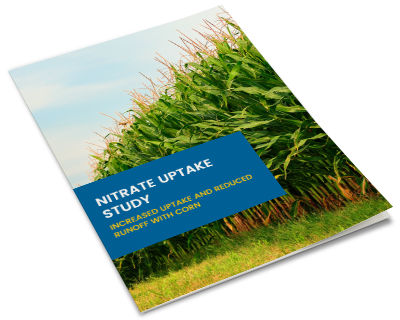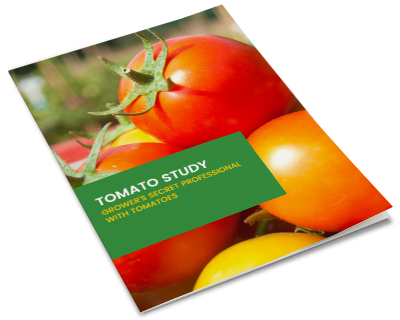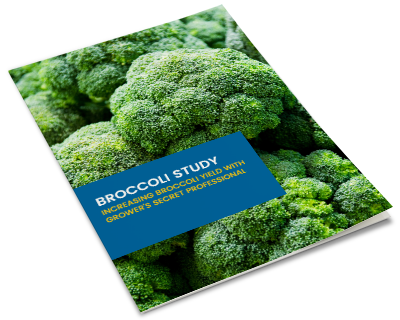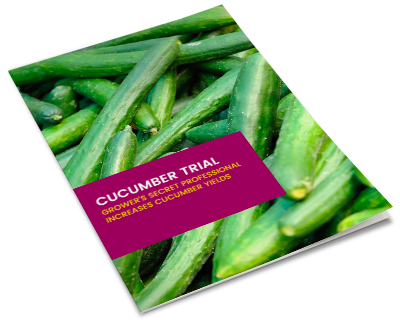|
Posted By: Wesley Chun, Ph.D. / |
By Wes Chun, Ph.D., Chief Science Officer
Introduction
Manganese is found in over 300 different minerals and is the fifth most abundant metal in the Earth’s crust. It belongs in Group 7 of the periodic table which includes the extremely rare rhenium, synthetically produced bohrium, and technetium which is found in trace amounts as a product of spontaneous fission in laboratories. Manganese (Mn) is a hard, brittle, and silvery metal that is most often found in minerals combined with iron. The main mining areas for manganese are in Africa, Australia, China and Gabon. Manganese is also found in alternating layers with iron in polymetallic nodules found in shallow and deep waters of oceans and some lakes. These manganese nodules are found in sizeable deposits near the Cook Islands, midway between Hawaii and the Clipperton Islands, the Peru basin, southern Indian Ocean, and in the Eastern Pacific. All but the Cook Islands are in international waters and could be mined as early as 2026 depending on the establishment of regulations, standards, and guidelines established for deep sea mining.
Manganese was discovered in 1774 by Johan Gottlieb Gahn by heating pyrolusite (MnO2) in the presence of charcoal. The name was derived either from Latin “magnes” meaning magnet or from the black magnesium oxide “magnesia nigra.” Most of the manganese produced today is obtained from pyrolusite by burning in a furnace with powdered aluminum or by treatment with sulfuric acid (H2SO4). Almost 90% of the manganese produced is used for steel production. When added to molten steel, manganese removes oxygen and sulfur to form a steel alloy with improved strength and impact resistance.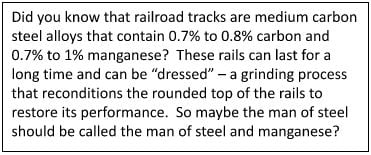
Manganese is a part of a larger group of elements called the transition metals. Transition metals includes most elements in groups 3 to 12 of the periodic table. These elements are good conductors of heat and electricity, have high melting and boiling points, and are malleable (can be made into wires). All except mercury are solids at room temperature and are white or silvery in color, and can be lustrous or shiny. These elements also form colorful compounds when combined with other elements, and are corrosion resistant unlike the alkali metals in Group 1 and the alkaline Earth metals of Group 2.
Manganese is an essential element for all living organisms as an enzyme cofactor or as a catalyst. It is an essential dietary trace mineral that is found in all parts of animals but is more concentrated in bone and liver. A significant amount of manganese is found in mitochondria. Manganese is important for bone formation and health. It functions as a cofactor in many enzymes that catalyze carbohydrate, fat, and protein metabolism. While manganese deficiencies in animals are rare, excessive manganese in diet can induce an iron deficiency that can lead to skeletal abnormalities, slipped tendons, and reproductive problems. Excessive exposure to manganese can cause hepatic cirrhosis, polycythemia, dystonia, and Parkinson-like symptoms.
The presence of manganese in leaf tissue was first documented over 200 years ago in the ash of several vegetable species. Subsequently it was found in most important crops and was documented as being an essential element for plants in the early 1900s for plant growth and development. In plants, it is needed in small quantities but is as critical to growth as the other nutrients. Manganese has a role in multiple processes in a plant’s life cycle such as photosynthesis, respiration, scavenging of reactive oxygen species, pathogen defense, and hormone signaling. It is also interchangeable with other divalent cations such as Ca, Co, Cu, Mg, or Zn.
Manganese in Plants
Plays a role in photosynthesis, respiration, scavenging of reactive oxygen species, pathogen defense, and hormone signaling. For example, approximately 398 enzymes are predicted to contain manganese in their metallic binding site of which 20% have been experimentally demonstrated. Certain enzymes such as Oxygen Evolving Complex (OEC) in PSII, MnSOD, and oxalate oxidase require manganese exclusively. The normal concentration range of Mn in plants is typically from 20 to 300 ppm. When the Mn concentration falls below 15 to 20 ppm, deficiency symptoms often occur.
Manganese is taken up by plants in the Mn2+ form, and in organically complexed forms such as amino acid complexes. Plant roots release low molecular weight organic acids that aid in manganese uptake from the soil. Within plants, manganese functions mostly as an activator in enzyme systems, but it is also a constituent of certain enzymes. It is essential to photosynthesis reactions, and is involved in the evolution of oxygen in photosynthesis. The synthesis of lignin, which adds strength and stiffness to cell walls, is dependent on manganese. Manganese is also essential for root growth.
Manganese in Soils
The earth’s crust is about 0.11% Mn. Total manganese in soils generally range from about 20 to 3,000 ppm (0.002 to 0.30%), but only a fraction of this total is plant available. The most common form of manganese in the soil solution is Mn2+, which is often complexed by organic compounds.
The concentration of Mn2+ in the soil solution is highly pH dependent, with levels decreasing by about 100x with each unit of pH increase. Thus, plant available manganese increases as soil pH decreases, so deficiencies are more likely to occur in alkaline soils. On the other extreme, if soil pH is too low (<5) manganese can be toxic to sensitive crops.
Crop deficiencies of manganese occur most often on high pH (alkaline) soils, and on soils that are simply naturally low in manganese. Deficiencies may also be problematic in high organic matter soils such as peats and mucks that favor the formation of manganese chelates. It should be noted too that high levels of copper (Cu), iron (Fe), or zinc (Zn) may reduce Mn2+ uptake. The most common extractant used in soil analysis for Mn is the chelating agent DTPA. The critical level for DTPA extracted Mn is usually set at 1 ppm, but this varies depending on local calibration research.
Manganese Deficiency Symptoms
Manganese, like many other micronutrients, is immobile in plants. Thus, deficiency symptoms will first appear on younger leaves since the plant cannot easily scavenge manganese from older tissue. Some crops are more susceptible than others to manganese deficiency. Sensitive crops include soybeans, small grains, peanuts, cucurbits, onions, peas, radishes, and beans. Symptom descriptions for selected crops are given below.
| Crop | Deficiency Symptom |
| Corn | Plants appear stunted with short, thin stems and pale green to yellow leaves. Leaf symptoms appear on younger leaves first. With severe deficiency, leaves turn pale yellow and white flecks appear in interveinal chloric areas. |
| Cotton | Symptoms appear on young leaves first. Leaves will be cupped, yellowish-gray or reddish-gray in color with green veins. If soil pH is low, excessive manganese can be toxic causing a symptom known as crinkle leaf. |
| Onion | Onion is one of the most susceptible vegetable crops to a manganese deficiency. Outer leave will have a striped, interveinal chlorosis. A progressive tip burn can occur. Plants will appear stunted and bulbing will be delayed. |
| Small Grains | Oats are most susceptible showing “gray speck” that appears as a gray, oval shaped speck on the edge of new leaves at the 3 to 4 leaf stage. The speck enlarges and spreads across the whole leaf. Several spots can form on the same leaf. In wheat and barley, plant leaves develop yellow parallel streak running the length of younger leaves. |
| Soybeans | Upper leaves interveinal chlorosis with green veins. Newer leaves first become pale green, then pale yellow. With more severe brown, dead areas on leaves appear. Some research suggests that glyphosate-ready soybeans may be more responsive to Mn addition than conventional varieties. |
Fertilizing with Manganese
Manganese sulfate (MnSO4) is the most common fertilizer with manganese. It is highly soluble in water and suited for soil and foliar applications. There are several other manganese fertilizers that include chelates, chlorides, oxides, and oxysulfates.
Manganese fertilizer can be broadcast, banded in soil or applied as a foliar spray. Rates of manganese application are highly dependent on method of application. Soil-applied broadcast rates generally range from about 10 to 15 lb Mn/A, banded near the crop row ranges from about 3 to 5 lb Mn/A, and foliar application usually ranges from about 1 to 2 lb Mn/A
Banded or foliar applications are preferable over broadcast in high pH soils since manganese is rather quickly rendered insoluble in alkaline conditions. In these soils, band application minimizes soil-to-Mn contact and thus delays soil-Mn reactions. Also, applying Mn in a band with acid forming fertilizers (e.g., elemental S and ammonium) may help prolong ammonium in alkaline soil conditions.
Water-soluble manganese fertilizers are good sources of manganese when applied to either soil or foliage, but limited solubility manganese sources (like oxides or oxysulfates) should only be used for soil applications and when finely ground to particle sizes less than 0.1 to 0.15 mm. With application of manganese chelates to soil, it should be noted that the chelation feature may be short-lived since the chelating agent may quickly form more stable iron (Fe3+) chelates in the soil. It is for this reason that some suggest the use of MnSO4 for soil application.
Foliar applications should be made immediately if deficiency symptoms appear and again if symptoms reappear. Mixing of Mn fertilizers with glyphosate should be avoided since the two will form undesirable complexes.
Crop Responses to Manganese
A soybean trial in Indiana compared a zero Mn control to foliar applications of chelated Mn and MnSO4, as well as various soil applications. Soil applications of manganese included broadcast, in- furrow, and placement with an acid-forming starter fertilizer. A treatment with starter only (no Mn) was also included. Foliar application of MnSO4 was consistently the most effective means of correcting manganese deficiency in soybeans in this experiment.
Manganese Toxicity Symptoms
Symptoms can vary widely among plant species with chloritic leaves and necrotic spots as the most common symptoms.
Summary
The importance of manganese is often underestimated. In agricultural settings manganese availability can be a serious limiting factor for plant growth. While plants in general have multiple high-affinity transport mechanisms, pH and competition from other ions can drastically impact manganese availability. The best option is to use tissue analysis to determine if a deficiency is occurring. Knowing the pH of the soil, the type of manganese fertilizer used, and the method of application are all key bits of information one needs to consider to ensure that adequate levels of plant-available manganese is present.


-1.png?width=1165&height=388&name=Untitled%20design%20(8)-1.png)
